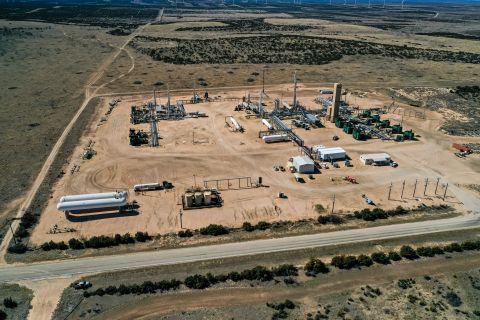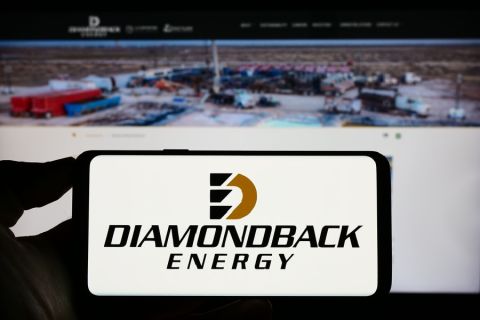Smaller independents pushing for growth opportunities would do well to take aim at the world's frontier plays, according to Robert Merrill, president of privately held, Sugar Land, Texas-based Catheart Energy. "For companies such as mine, the high price environment is great, but acquisition prices are high and so are service costs," the former Unocal divisional president told an audience at an IHS Energy symposium in Houston recently. "I don't have a whole lot of money, so what am I looking for? I'm looking for a boutique basin. You can get out there and work without worrying about people throwing money around. I can't afford to go to the Arctic. Large companies that can head for the Arctic and deepwater regions can afford to pay $500,000 per day for a rig." Many companies of Catheart's size are competing intensely and growing organically, he added. "M&A is still happening and while it isn't organic growth, it ratchets up the money available for projects. "Depending on who you're listening to, oil and gas demand is increasing even as supplies are being depleted. Key areas are still off-limits to exploration, but new technology is working in everyone's favor." One of the biggest challenges for upstream oil today is productive capacity, he said. "We need almost 50 million barrels per day of additions by 2015, and our best shot at finding them is linked to the giant oil fields in Saudi Arabia, Libya, Nigeria, Kuwait and elsewhere. "More than 30% of the world's recent oil and gas discoveries are in countries with restricted access. Also, the really proactive basins are more remote now and getting more expensive to explore." In the past 10 years, the bulk of reserve additions have been from existing, rather than new, fields, he added. Future growth will depend heavily on traditional resource areas such as the deep water, but also on environmentally sensitive areas, such as the Arctic and sub-Arctic, and areas with an abundance of unconventional resources.
Recommended Reading
In Memoriam: Jay Precourt (1937-2024)
2024-10-22 - Legendary wildcatter Jay Precourt leaves behind legacy of philanthropy in Colorado and at Stanford University.
Midstream M&A Adjusts After E&Ps’ Rampant Permian Consolidation
2024-10-18 - Scott Brown, CEO of the Midland Basin’s Canes Midstream, said he believes the Permian Basin still has plenty of runway for growth and development.
Post Oak-backed Quantent Closes Haynesville Deal in North Louisiana
2024-09-09 - Quantent Energy Partners’ initial Haynesville Shale acquisition comes as Post Oak Energy Capital closes an equity commitment for the E&P.
EQT to Cut Workforce 15% Following Close of Equitrans Acquisition
2024-10-02 - EQT Corp. closed its $5.5 billion all-stock buy of Equitrans Midstream Corp. on Sept. 22.
Diamondback to Sell $2.2B in Shares Held by Endeavor Stockholders
2024-09-20 - Diamondback Energy, which closed its $26 billion merger with Endeavor Energy Resources on Sept. 13, said the gross proceeds from the share’s sale will be approximately $2.2 billion.
Comments
Add new comment
This conversation is moderated according to Hart Energy community rules. Please read the rules before joining the discussion. If you’re experiencing any technical problems, please contact our customer care team.





